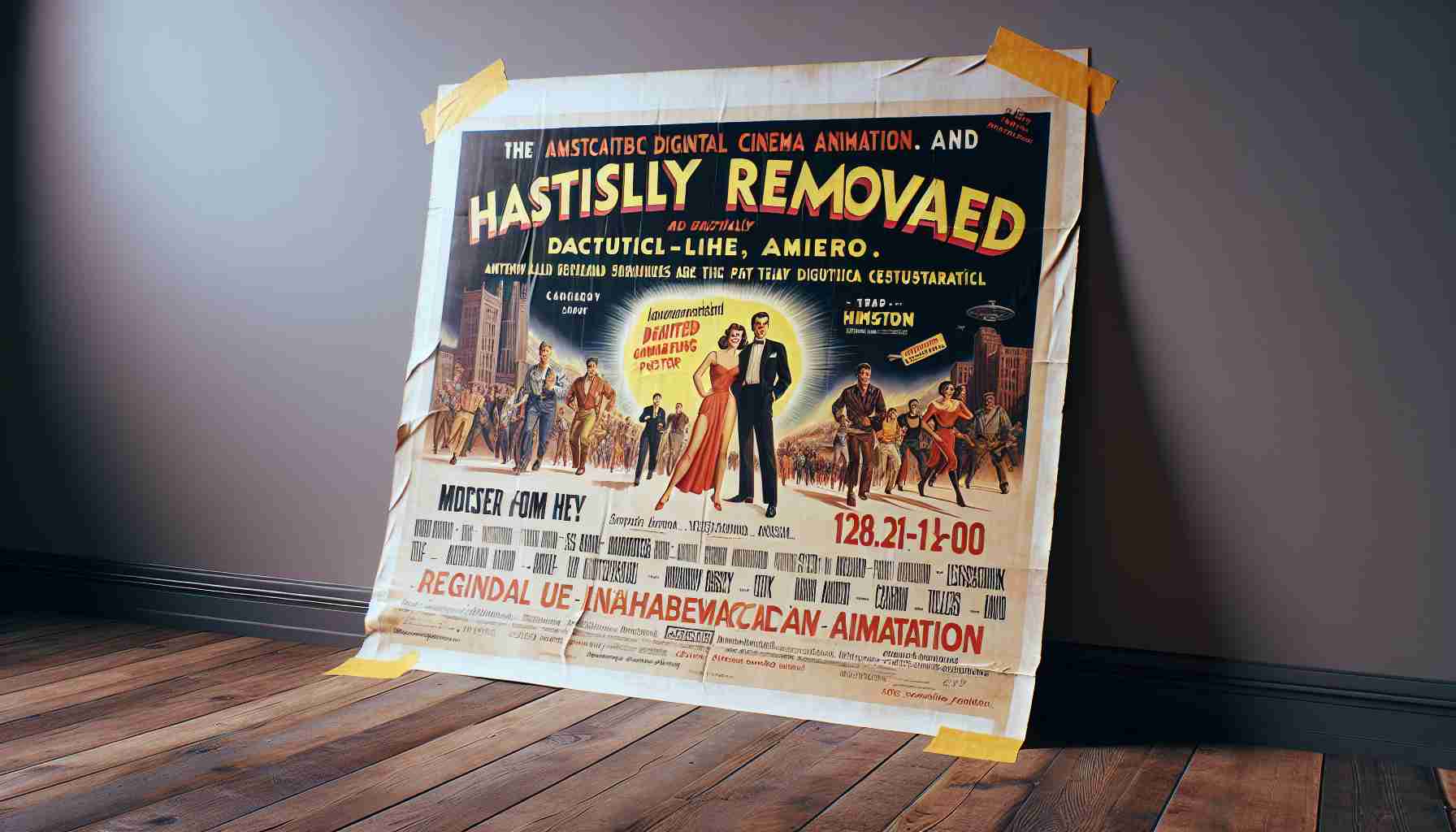In an unexpected twist, Netflix removed a promotional poster for the second season of the highly acclaimed show, Arcane, after fans pointed out AI-generated elements in the artwork. Known for its stunning mix of digital and hand-drawn artistry, Arcane, a collaboration between Riot Games and French studio Fortiche, has consistently captivated audiences. However, eagle-eyed fans spotted an oddly designed hand in the promotional art, sparking a conversation on social media.
The show’s brand lead, Alex Shahmiri, clarified that the use of AI in the poster was unintentional, emphasizing that Arcane maintains a firm policy against AI art. He acknowledged the mistake, reaffirming that it contradicted the ethos of respect toward the talented artists involved in the show’s production. Shahmiri highlighted the irreplaceable human connection that real artists bring to creative endeavors, whether in art, music, or other forms of expression.
This incident isn’t an isolated case; prominent companies like Disney have also faced backlash for incorporating AI-generated art, such as in the Marvel series Secret Invasion. Although AI can save time and resources, it often diminishes the unique quality that human artists impart to their work. Critics argue that AI, while convenient, can undermine the artistic integrity of a project by relying on algorithms often trained on existing artworks without permission, raising ethical concerns akin to plagiarism.
In response to these challenges, digital art platforms like Procreate have pledged not to incorporate AI generation in their features, advocating for authentic creative processes. While large companies might still occasionally use AI for marketing, the resistance from creators ensures that traditional artistry retains its place in the spotlight.
The Double-Edged Sword of AI Art: Pros, Cons, and Future Implications
The recent controversy surrounding Netflix’s promotional poster for Arcane’s second season has highlighted an increasingly common tension between artificial intelligence and traditional artistry. While the incident was quickly addressed, it opened a larger debate on the integration of AI in creative industries, and its implications for the future of humanity and technology.
AI in Art: A Technological Breakthrough or a Recipe for Controversy?
The integration of AI into art can be viewed as a technological breakthrough. AI algorithms, with their capacity to generate art rapidly, have the potential to revolutionize fields such as graphic design, film production, and even gaming. This quick turnaround in content creation can significantly reduce costs and enable smaller teams to realize ambitious projects. Furthermore, AI can assist human artists by automating repetitive tasks, allowing creators to focus on more intricate aspects of their work.
However, the downside is hard to ignore. As demonstrated by the Arcane poster incident, AI-generated art often lacks the emotional depth and uniqueness that human artists bring to the table. One of the main criticisms is that AI art can feel generic or soulless, primarily because it is trained on existing art without necessarily understanding the creative process. This raises ethical concerns, especially when AI-based creations resemble existing works too closely, blurring the lines of originality and copyright infringement.
Impact on Human Creativity: Threat or Catalyst?
Does AI threaten to replace human creativity, or does it act as a catalyst for new forms of expression? On one hand, some creatives fear that over-reliance on AI could devalue traditional art skills, leading to a loss of craftsmanship and the disappearance of authentic artistic expression. On the other hand, AI’s ability to handle mundane tasks could potentially free up artists to explore more creative avenues, enhancing human creativity rather than replacing it.
Digital art platforms like Procreate, which have explicitly rejected AI integration, reflect a growing movement among artists to preserve traditional creative methods. This resistance could ensure that human artistry remains at the heart of creative industries, nurturing the kind of innovation and personal expression that AI cannot replicate.
Is Ethical AI Art Possible?
Can AI be integrated into artistic processes while respecting the originality and rights of human artists? This is a question that many companies and artists alike are grappling with. Developing ethical guidelines for AI use in art will be crucial. These could include transparency about AI usage, securing permissions for artworks incorporated into AI training datasets, and ensuring that AI-generated art cannot easily pass off as human-crafted work.
Ensuring ethical AI practices can foster trust between creators and audiences. Ultimately, the goal should be to use AI as a complementary tool that enhances human creativity and broadens the possibilities available to artists.
Conclusion: Navigating the Future of AI and Art
The duality of AI in the art world—with its potential to both aid and undermine traditional artistry—reflects a larger narrative about technology’s role in society. As we move forward, it is essential to strike a balance that harnesses the strengths of AI while safeguarding the integrity of human creativity. This balance will likely shape the future of creative industries, impacting how we understand and appreciate art in the digital age.
For more insights on AI and creativity, visit Netflix and Riot Games.
